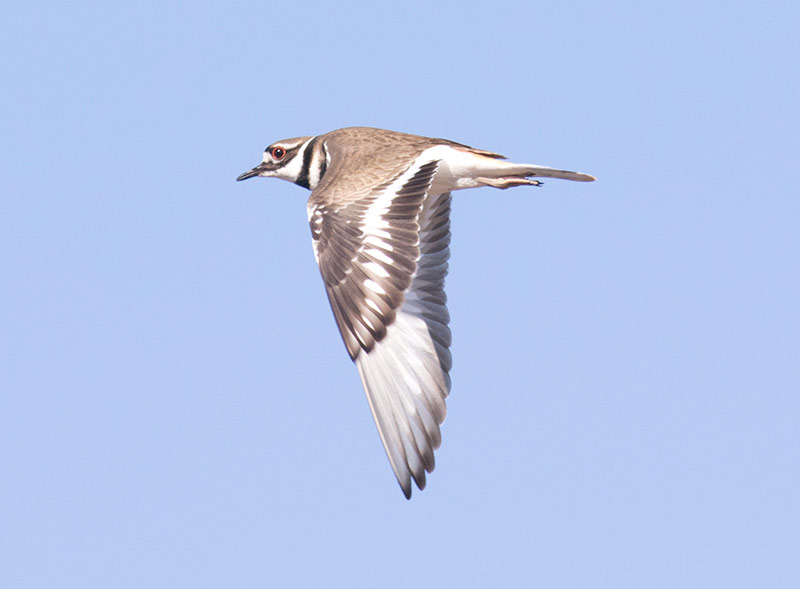Early Migration
3/5/17
By David Brown
The abnormally warm temperatures in mid-to-late February caused many bird species to begin arriving in our area a few weeks earlier than usual.
In the last week of February there were multiple days of favorable winds that caused thousands of geese and swans to migrate through. On February 21st I counted over ten thousand Canada geese migrating over a single spot in a few hours. I only saw a few flocks of snow geese but Lycoming County seems to be right at the edge of their strongest migration path so exact location can matter quite a bit. I heard reports of thousands of them near Turbotville and Montour Preserve. On February 25th a rain storm forced thousands of Canada geese and hundreds of tundra swans onto Rose Valley Lake. Also unusual was that the lake was ice-free by the end of February.
Two years ago ring-billed gull migration did not peak until the end of March but this year it was a full month earlier. In the last week of February thousands of gulls were migrating north throughout the day and hundreds settled on the water near the Williamsport dam at night. Small numbers of herring gulls were mixed in but no rare gull species have been found yet.
Dabbling ducks have been seen in high numbers on ponds and lakes. Northern pintails have been especially common. American wigeons, gadwalls, and American black ducks have been reported as well.
The fox sparrow is a species we only see during migration as they move from their southern United States wintering grounds to their breeding grounds in Canada. Fox sparrows are larger than song sparrows and have a beautiful red and gray plumage. They are usually seen on the ground kicking around leaf litter. We normally do not see this species in large numbers until March but this year the peak began in February.
I found my first killdeer of the year on February 17th at Lime Bluff Recreation Area in Hughesville. Since then I have regularly heard them at multiple locations at dusk as they call their name. This species of plover nests here in the summer by laying eggs directly onto gravel including parking lots and driveways.

Killdeer
American woodcocks are another shorebird species that has returned. These goofy-looking birds are best known for the amazing display flight of the male. At dusk males emerge from brushy areas onto open fields. Each male turns in circles as he makes a “peent” call. Next he spirals high into the sky with a whistling of the wings. As he begins his descent he adds a repeated chip note. A few seconds before hitting the ground he goes silent then gives away his location as he begins to peent once again.
Watch for these species and more as spring migration continues to increase. This early migration was probably only triggered in birds that were a relatively short distance away. The migration timing for species that are currently in Central and South America, such as most of our warblers, will likely be unaffected.